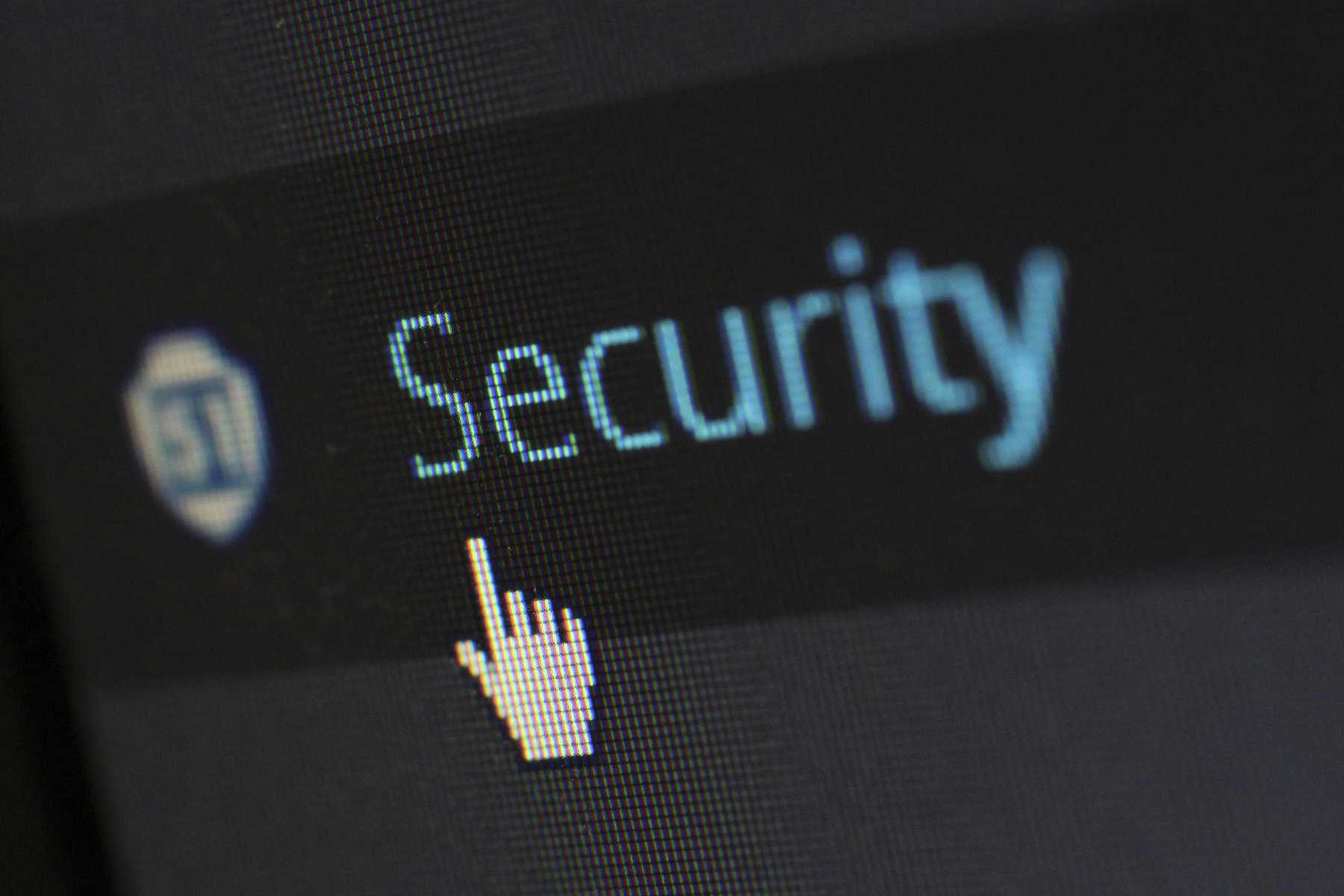Imagine you’re sending a document with sensitive information, like a contract or an agreement, to be signed online. You want to ensure nobody else can see or tamper with it, right? That’s where eSignWS comes in. Just like how banks protect your money, eSignWS uses top-notch security measures to keep your documents safe and your data private. Let’s break down how it works.
What Does “Bank-Grade Security” Mean?
When we say “bank-grade security,” it means using the same advanced protection that banks use to secure your money and information. If you trust your bank to keep your financial data safe, you can trust eSignWS to protect your documents with similar standards. It’s like having a high-tech lock and security system on your house, ensuring nobody can enter without your permission.
How eSignWS Protects Your Data
- Encryption: Turning Your Data into Code
Have you ever written a message in a secret code that only your friends could understand? Encryption works a bit like that. When you upload a document to eSignWS, it’s turned into a unique code that only you and the people you choose can read.
- Data in Transit: When you send or receive your document, eSignWS “encrypts”) the information so no one can intercept it. Think of it like sending a message through a secure tunnel where no one else can see or interfere with it until it safely reaches its destination.
- Data at Rest: When your document is stored on eSignWS servers, it stays locked with this unique code. Even if someone were to get hold of the stored data, they wouldn’t be able to understand it without the key to unlock the code.
- Two-Factor Authentication (2FA): Proving It’s You
When you withdraw money from an ATM, you need both your card and your PIN. Two-factor authentication (2FA) is similar. When you log into eSignWS, you must provide two forms of verification:
- First Factor: Your password (something you know).
- Second Factor: A code sent to your phone or generated by an app (something you have).
Even if someone guesses your password, they still need that second code to gain access, adding an extra layer of protection. It’s like having two locks on your door—knowing the code to one lock isn’t enough to get inside.
- Role-Based Access Control (RBAC): Controlling Who Can See What
Sometimes, you want different people to have different levels of access. For example, your accountant might need to access financial documents, but your sales team should not. eSignWS uses Role-Based Access Control (RBAC) to set permissions, allowing you to control who can view, edit, or sign each document. This ensures that the right people have access to the correct information.
- Audit Trails: Tracking Every Action
An audit trail is like a digital diary that records everything that happens on a document—who opened it, who signed it, and when it was modified. This gives you a complete history of your document’s activity. If something looks off, you can review the audit trail to see what happened and who was involved.
Why Does All This Matter?
You need assurance that your data is safe and that only the right people can access it. eSignWS security measures ensure that:
- Your documents can’t be read or tampered with by unauthorized parties.
- Only trusted individuals can access your documents.
- Every action is logged, giving you full visibility and control.
With eSignWS, you can focus on getting things done without worrying about security risks. Just like a bank protects your money, eSignWS protects your documents, giving you peace of mind when sending, signing, or storing important files.
Whether you’re a business owner, a lawyer, or someone who needs to sign a document online, you can trust eSignWS to keep your information as secure as your bank keeps your money.
